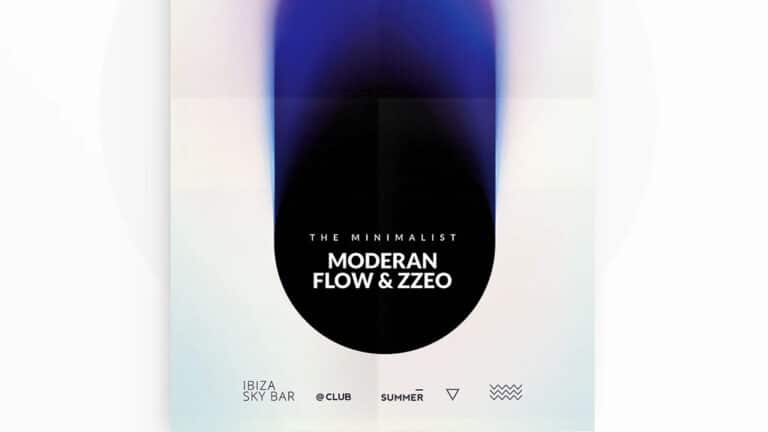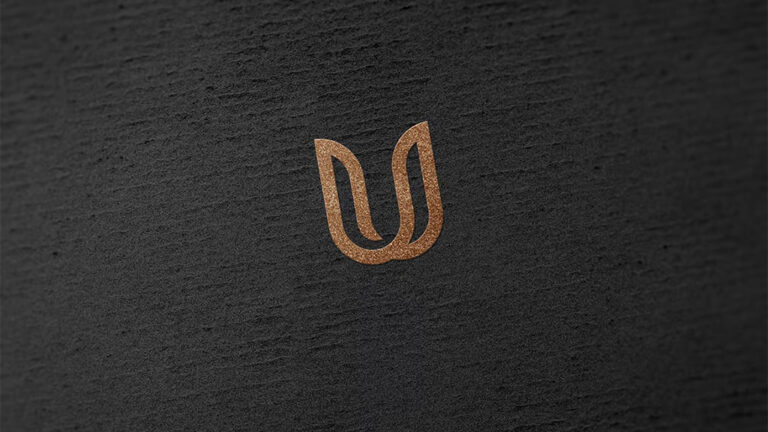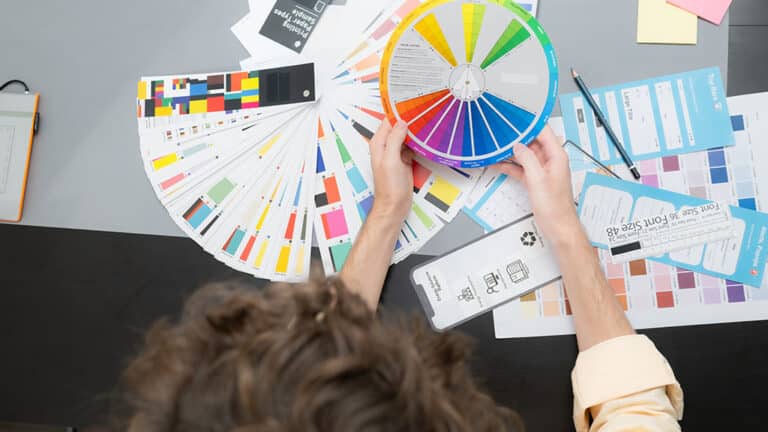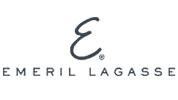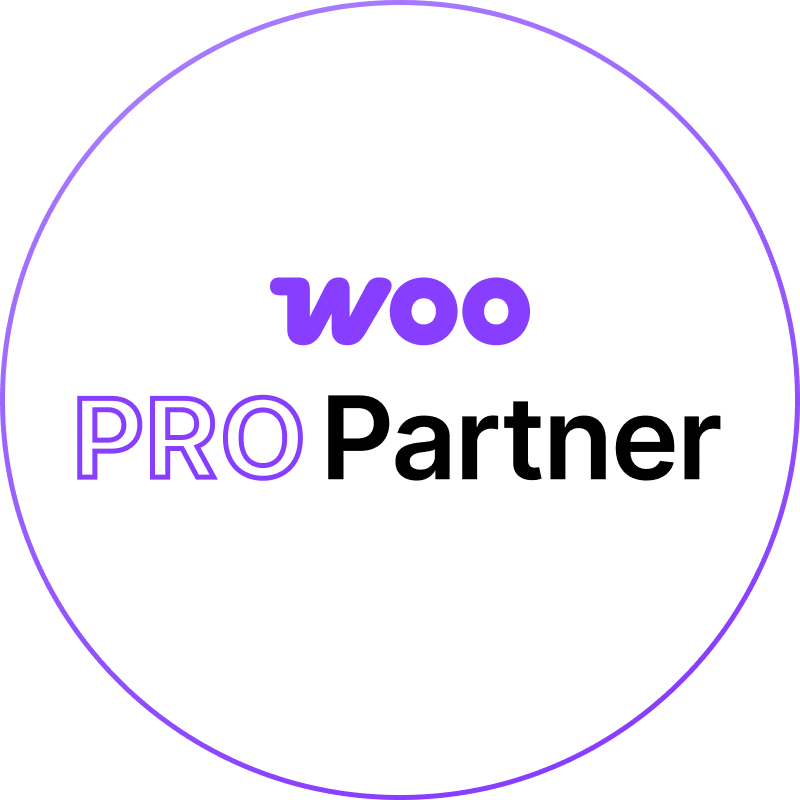Top Graphic Design Trends Small Businesses Shouldn’t Ignore
Design trends aren’t just for big brands with massive creative budgets—they’re powerful tools for small businesses looking to stay relevant and connect with today’s audiences. In a crowded digital landscape where attention spans are shorter than ever, first impressions matter. The way your brand looks—from your website and packaging to your social media and email campaigns—can influence whether someone chooses to engage with your business or move on.
But it’s not about blindly following what’s popular. The best design trends are rooted in evolving consumer preferences, cultural shifts, and technological advancements. They reflect how people want to interact with brands right now. For small businesses, staying in tune with these shifts can lead to stronger customer engagement, improved brand perception, and increased trust.
Whether you’re launching a new brand or refreshing your current visuals, keeping up with current design trends can help your business appear fresh, relevant, and thoughtfully crafted. In this post, we’ll explore several of the top trends that small businesses should consider incorporating in 2024—and how to use them strategically, not just stylistically.
Bold Typography and Custom Fonts
Typography has taken center stage in recent years, and it continues to be a dominant trend in graphic design. Gone are the days when fonts were merely a supporting element. Today, bold typefaces, experimental lettering, and custom fonts are being used as primary design features that carry emotion, emphasize messaging, and make brand visuals instantly recognizable.
For small businesses, this trend is a cost-effective way to stand out. Investing in custom typography—or even just selecting bold, distinctive font pairings—can help create a unique visual identity without requiring a complex design system. Typography can add personality, communicate tone, and direct the viewer’s attention all at once.
Oversized headlines are particularly popular, often used in hero sections of websites or social graphics to make a strong statement. Variable fonts, which allow for dynamic sizing and weight adjustments, are also on the rise and can create more engaging, flexible layouts across devices.
The key with this trend is to strike the right balance. While expressive fonts are eye-catching, legibility and brand alignment should always come first. Choose typography that reflects your business’s tone—whether that’s playful, professional, edgy, or approachable—and ensure it works well in both digital and print formats.
Minimalist and Clean Aesthetics
Minimalism continues to dominate design across industries—and for good reason. Clean, uncluttered visuals allow content to breathe, guide the viewer’s focus, and deliver a more intuitive user experience. In an age of content overload, people are drawn to simplicity and clarity.
This trend often involves the use of generous white space, subtle color palettes, sharp lines, and restrained use of imagery. It’s especially impactful for websites, where clean design helps users navigate easily, absorb information quickly, and feel more confident about taking action.
For small businesses, adopting a minimalist aesthetic can help elevate your brand’s perceived value. It gives the impression of professionalism, modernity, and trustworthiness—without overwhelming your audience with noise. It also works well for service-based businesses where the goal is to communicate authority and focus, rather than distract with excessive visual detail.
Minimalist design isn’t about being plain—it’s about being intentional. Every element on the page serves a purpose, and anything unnecessary is removed. Working with a team that specializes in graphic design agency services can help ensure that your minimalist branding still feels distinctive, rather than generic or overly simplified.
Authentic, Hand-Drawn Elements
In a world saturated with polished templates and stock graphics, authenticity is becoming a powerful differentiator. One of the most compelling trends right now is the use of hand-drawn elements—custom illustrations, sketched icons, and hand-lettered text—that bring warmth, character, and individuality to a brand’s visual identity.
For small businesses, this trend offers a way to stand out in a highly curated digital landscape. Hand-drawn elements feel personal and real, which resonates with customers who value authenticity and human connection. These imperfect, organic designs break the monotony of overly polished digital content and give your brand a more approachable, down-to-earth personality.
Illustrations can be integrated into everything from logos and packaging to social media graphics and website design. Even subtle elements—like hand-sketched borders, doodles, or custom dividers—can bring charm and personality to otherwise straightforward layouts.
This trend is especially relevant for businesses in creative, lifestyle, wellness, or artisanal industries. If your brand is built on storytelling, craftsmanship, or community, hand-drawn visuals can emphasize those values in a visually distinctive way.
When incorporating this style, be sure to maintain consistency. Even though the design may look spontaneous, it should still align with your overall brand tone and color palette. Mixing it with clean type or modern layouts can create a balanced look that feels both unique and professional.
Motion and Animated Graphics
Motion is no longer limited to flashy video intros or high-budget ads—it’s now a vital part of everyday design. The use of subtle animation and interactive graphics is on the rise, and for good reason: movement captures attention. Whether it’s a bouncing icon, a logo that subtly animates on hover, or a short looping GIF, motion draws the eye and creates a more engaging user experience.
For small businesses, animation offers a dynamic way to make a strong impression without overwhelming your audience. It adds a modern, tech-savvy feel to your brand and helps guide attention to key messages, products, or calls to action.
Common examples of motion design include animated explainer videos, product feature demos, scrolling effects on websites, animated infographics, or micro-interactions like buttons that change color or shape when clicked. Even simple text fade-ins or sliding transitions can elevate the perceived quality of your website or app.
When used thoughtfully, motion not only improves visual appeal but also enhances usability. It can clarify steps in a process, highlight important content, or keep viewers engaged longer on a page.
The key is to use animation purposefully and subtly. Overuse or overly complex movement can slow down your site and distract from the message. Keep motion smooth, on-brand, and performance-optimized to maintain a positive user experience.
Retro and Nostalgic Visuals
Everything old is new again—especially in the design world. Retro-inspired aesthetics, particularly those pulling from the ‘70s, ‘80s, and ‘90s, are making a comeback in branding, packaging, and digital content. This trend taps into a sense of nostalgia, offering a comforting familiarity that resonates with audiences emotionally.
From grainy textures and muted color palettes to vintage fonts and old-school graphic patterns, retro design brings a timeless, playful vibe that stands out in today’s sleek, minimalist market. It’s especially popular in industries like food and beverage, fashion, entertainment, and creative services, where brand identity is deeply connected to lifestyle and culture.
For small businesses, using nostalgic design elements can evoke a specific era or emotion that aligns with their brand story. A coffee shop might lean into ‘70s diner vibes, while a skincare brand might use ‘90s-inspired packaging to connect with millennial buyers. The emotional pull of nostalgia creates an immediate connection that feels both fresh and familiar.
The important thing is to be intentional. Rather than copying old styles verbatim, smart brands are reinventing them—blending vintage aesthetics with modern design techniques. This creates a sense of playful contrast and cultural relevance while keeping the brand rooted in the present.
3D and Depth-Inspired Design
Flat design has been a dominant trend for years, but we’re now seeing a growing shift toward 3D elements and visuals with depth and dimension. These graphics create a more immersive and tactile feel, making digital experiences feel more lifelike and engaging. Whether through soft shadows, layered elements, floating objects, or full 3D renderings, designers are using depth to give content a sense of realism and sophistication.
For small businesses, adopting this trend can instantly elevate the perceived production value of your content. It’s a great way to add visual intrigue to your website, product displays, or social media without completely overhauling your brand. Even subtle uses of depth—like overlapping text and images, realistic mockups, or parallax scrolling effects—can create a modern, dynamic look.
E-commerce brands, in particular, benefit from this trend. Using 3D visuals for product displays gives customers a better sense of texture, size, and form, leading to higher engagement and potentially more conversions. The same is true for industries like tech, fashion, or wellness—any space where presentation helps drive perception.
You don’t need to build Pixar-quality animations to leverage this trend. Many design tools now offer templates or plug-ins for 3D effects that are easy to implement. The key is using depth to enhance clarity and impact—not to distract or overwhelm.
Inclusive and Diverse Imagery
In today’s socially aware culture, representation isn’t optional—it’s expected. Customers want to see themselves reflected in the brands they support, and that means moving away from generic stock imagery to visuals that showcase real diversity in race, gender identity, age, ability, body type, and cultural background.
Inclusive design goes beyond tokenism. It’s about being intentional in your visual storytelling, considering who is shown, how they’re represented, and whether your content reflects the values your business stands for. Authentic representation builds trust, breaks down barriers, and helps you connect with a broader audience.
For small businesses, this trend is both an opportunity and a responsibility. By prioritizing diverse imagery, you’re not just keeping up with trends—you’re actively building a brand that makes people feel seen, welcomed, and respected. This can positively impact customer loyalty, brand perception, and even employee engagement.
To adopt this trend, review your current marketing assets—photos, illustrations, videos, social media—and assess how inclusive they are. Use image libraries that offer a wide range of authentic visuals or consider working with photographers, illustrators, or content creators from underrepresented communities. And remember, inclusion should extend to language, accessibility, and user experience as well.
Data-Driven Design and Infographics
As people become more overwhelmed with information, visual storytelling has become a critical tool for brands. That’s where data-driven design comes in. This trend focuses on using infographics, charts, graphs, and visual data representations to communicate complex ideas quickly and clearly.
For small businesses, infographics are an excellent way to share stats, insights, and results in a digestible, engaging way. Whether you’re showcasing a customer success story, summarizing industry research, or breaking down how your service works, turning data into visuals makes the message more memorable and shareable.
Well-designed infographics also position your brand as credible and knowledgeable—especially useful for service-based businesses or B2B companies trying to build authority. Instead of overwhelming your audience with dense paragraphs of text, you give them visuals they can understand at a glance.
To get the most from this trend, focus on clarity and hierarchy. Highlight the most important data points, keep layouts clean, and use icons, color coding, or illustrations to enhance readability. Whether static or animated, data visuals should always serve the story—not just decorate the page.
Conclusion: Use Trends Strategically, Not Just Stylistically
Design trends are exciting and ever-evolving, but not every trend will be right for every business. The key isn’t to chase every new idea that pops up—it’s to thoughtfully incorporate the ones that align with your brand identity, audience preferences, and marketing goals.
For small businesses, adopting even one or two relevant trends can dramatically enhance your visual presence. Whether it’s using bolder type, introducing motion, or embracing hand-drawn illustrations, trends offer a chance to modernize your brand without losing its core identity. But they should be implemented with purpose.
Before jumping into any new style, ask: Does this support how we want to be perceived? Will this resonate with our customers? Can we maintain this approach consistently? Trends should enhance your message, not overshadow it.
When used strategically, graphic design trends help your brand feel fresh, intentional, and connected to the current cultural moment. They show that you’re paying attention—not just to aesthetics, but to the values and experiences your customers care about. That relevance can be the difference between being noticed and being ignored.
So rather than avoiding trends out of fear or adopting them without thought, take the middle path. Use them wisely. Combine timeless design principles with modern expressions. And when in doubt, partner with creative professionals who understand how to bring your vision to life in a way that’s both stylish and strategic.



